|
Your search criteria found 648 images Mission |
| My List |
Addition Date |
Target
|
Mission | Instrument | Size |

|
1996-02-01 | Venus |
Galileo |
Solid-State Imaging |
1800x1800x1 |
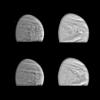
|
|||||

|
1996-02-01 | Venus |
Galileo |
Solid-State Imaging |
800x800x3 |
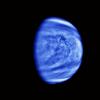
|
|||||

|
1996-01-29 | Venus |
Galileo |
Solid-State Imaging |
780x885x3 |

|
|||||

|
1996-01-29 | Venus |
Galileo |
Solid-State Imaging |
1600x1600x1 |
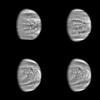
|
|||||

|
1996-02-01 | Venus |
Galileo |
Solid-State Imaging |
500x500x3 |
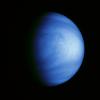
|
|||||

|
1996-01-29 | Venus |
Galileo |
Near Infrared Mapping Spectrometer |
1000x1000x3 |
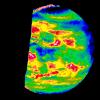
|
|||||

|
1996-01-29 | Venus |
Galileo |
Near Infrared Mapping Spectrometer |
1001x1000x3 |
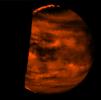
|
|||||

|
1996-02-08 | Venus |
Galileo |
Near Infrared Mapping Spectrometer |
600x310x1 |
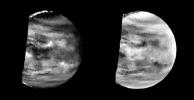
|
|||||

|
1996-02-08 | Venus |
Galileo |
Near Infrared Mapping Spectrometer |
810x500x1 |
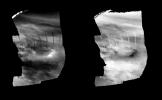
|
|||||

|
1996-02-08 | Venus |
Galileo |
Solid-State Imaging |
1600x1600x1 |
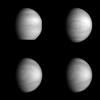
|
|||||

|
1998-03-26 | Thebe |
Galileo |
Solid-State Imaging |
428x195x1 |
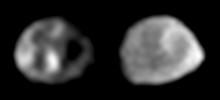
|
|||||

|
2011-04-08 | Saturn |
Cassini-Huygens Galileo |
Radar Mapper Solid-State Imaging |
1620x909x1 |
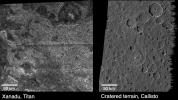
|
|||||

|
1996-01-29 | Moon |
Galileo |
Solid-State Imaging |
1988x1069x3 |
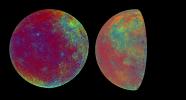
|
|||||

|
1996-01-29 | Moon |
Galileo |
Solid-State Imaging |
1988x1069x1 |
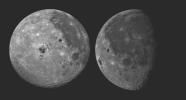
|
|||||

|
1996-02-02 | Moon |
Galileo |
Solid-State Imaging |
1069x1069x3 |
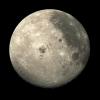
|
|||||

|
1996-01-29 | Moon |
Galileo |
Solid-State Imaging |
800x800x1 |
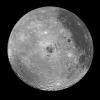
|
|||||

|
1996-01-29 | Moon |
Galileo |
Solid-State Imaging |
876x879x1 |
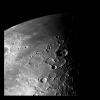
|
|||||

|
1996-02-05 | Moon |
Galileo |
Solid-State Imaging |
3211x2672x1 |
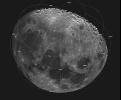
|
|||||

|
1996-01-29 | Moon |
Galileo |
Solid-State Imaging |
696x993x3 |

|
|||||

|
1996-02-05 | Moon |
Galileo |
Solid-State Imaging |
3296x3809x1 |

|
|||||

|
1996-02-05 | Moon |
Galileo |
Solid-State Imaging |
2600x2910x3 |

|
|||||

|
1996-01-29 | Moon |
Galileo |
Solid-State Imaging |
1083x1092x3 |
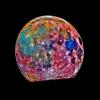
|
|||||

|
1996-02-08 | Moon |
Galileo |
Solid-State Imaging |
800x1220x1 |

|
|||||

|
1996-02-08 | Moon |
Galileo |
Solid-State Imaging |
987x984x1 |
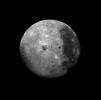
|
|||||

|
1996-02-08 | Moon |
Galileo |
Near Infrared Mapping Spectrometer |
2364x2364x3 |
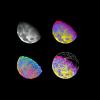
|
|||||

|
1998-06-08 | Moon |
Galileo |
3053x3053x3 | |
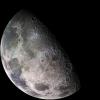
|
|||||

|
1998-06-08 | Moon |
Galileo |
1986x1986x3 | |
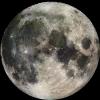
|
|||||

|
2000-11-03 | Mars |
Galileo Mars Global Surveyor (MGS) |
Mars Orbiter Camera (MOC) Solid-State Imaging |
2800x1824x3 |
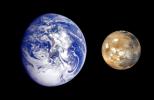
|
|||||

|
1996-01-29 | Jupiter |
Galileo |
Solid-State Imaging |
1600x1250x1 |
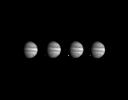
|
|||||

|
1997-09-07 | Jupiter |
Galileo |
Solid-State Imaging |
1024x2048x3 |

|
|||||

|
1997-09-07 | Jupiter |
Galileo |
Solid-State Imaging |
1400x900x1 |
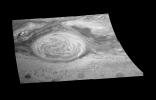
|
|||||

|
1997-09-07 | Jupiter |
Galileo |
Solid-State Imaging |
2100x1200x3 |
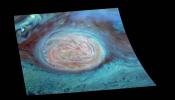
|
|||||

|
1997-09-07 | Jupiter |
Galileo |
Solid-State Imaging |
1546x1127x1 |
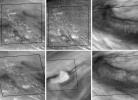
|
|||||

|
1998-03-26 | Jupiter |
Galileo |
Near Infrared Mapping Spectrometer |
233x506x3 |
|
|
|||||

|
1997-09-08 | Jupiter |
Galileo |
Solid-State Imaging |
700x800x3 |

|
|||||

|
1997-12-18 | Jupiter |
Galileo |
Solid-State Imaging |
820x1440x3 |

|
|||||

|
1997-12-18 | Jupiter |
Galileo |
Solid-State Imaging |
625x685x3 |

|
|||||

|
1997-12-18 | Jupiter |
Galileo |
Solid-State Imaging |
758x1028x1 |

|
|||||

|
1997-12-18 | Jupiter |
Galileo |
Solid-State Imaging |
800x800x3 |
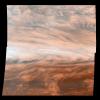
|
|||||

|
1998-03-26 | Jupiter |
Galileo |
Near Infrared Mapping Spectrometer |
1000x800x3 |
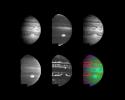
|
|||||

|
1997-11-18 | Jupiter |
Galileo |
Solid-State Imaging |
1053x1491x3 |

|
|||||

|
1998-03-06 | Jupiter |
Galileo |
Solid-State Imaging |
1300x1000x3 |
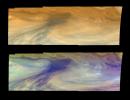
|
|||||

|
1997-09-23 | Jupiter |
Galileo |
Solid-State Imaging |
712x715x3 |
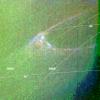
|
|||||

|
1998-03-06 | Jupiter |
Galileo |
Solid-State Imaging |
1300x1200x1 |
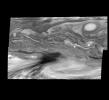
|
|||||

|
1997-09-23 | Jupiter |
Galileo |
Solid-State Imaging |
614x900x1 |

|
|||||

|
1998-03-26 | Jupiter |
Galileo |
Solid-State Imaging |
1700x1700x3 |
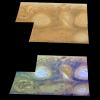
|
|||||

|
1998-03-26 | Jupiter |
Galileo |
Solid-State Imaging |
903x787x3 |
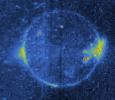
|
|||||

|
1997-09-07 | Jupiter |
Galileo |
Solid-State Imaging |
2000x1431x3 |
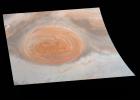
|
|||||

|
1997-09-07 | Jupiter |
Galileo |
Solid-State Imaging |
1400x800x1 |
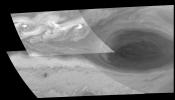
|
|||||

|
1997-09-07 | Jupiter |
Galileo |
Solid-State Imaging |
1000x1400x1 |

|
|||||

|
1997-09-07 | Jupiter |
Galileo |
Solid-State Imaging |
2800x1600x1 |
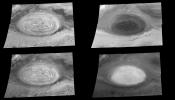
|
|||||

|
1997-09-07 | Jupiter |
Galileo |
Solid-State Imaging |
513x701x1 |

|
|||||

|
1997-09-07 | Jupiter |
Galileo |
Solid-State Imaging |
550x750x1 |

|
|||||

|
1997-09-23 | Jupiter |
Galileo |
Photopolarimeter Subsystem |
807x700x3 |
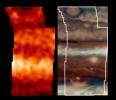
|
|||||

|
1997-09-24 | Jupiter |
Galileo |
Photopolarimeter Subsystem |
585x376x3 |
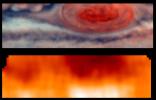
|
|||||

|
1997-09-29 | Jupiter |
Galileo |
Photopolarimeter Subsystem |
875x605x3 |
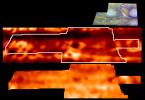
|
|||||

|
1999-09-27 | Jupiter |
Galileo |
Solid-State Imaging |
1200x700x1 |
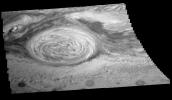
|
|||||

|
1998-03-26 | Jupiter |
Galileo |
Solid-State Imaging |
1400x900x1 |
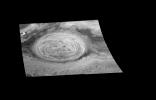
|
|||||

|
1998-03-26 | Jupiter |
Galileo |
Solid-State Imaging |
1200x700x1 |
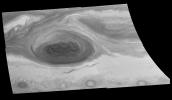
|
|||||

|
1998-03-26 | Jupiter |
Galileo |
Solid-State Imaging |
4000x2500x1 |

|
|||||

|
1998-03-26 | Jupiter |
Galileo |
Solid-State Imaging |
414x800x1 |
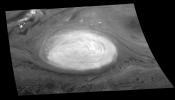
|
|||||

|
1998-03-26 | Jupiter |
Galileo |
Near Infrared Mapping Spectrometer |
1300x900x3 |
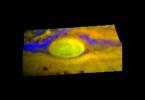
|
|||||

|
1998-03-26 | Jupiter |
Galileo |
Near Infrared Mapping Spectrometer |
900x800x3 |
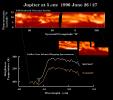
|
|||||

|
1998-03-26 | Jupiter |
Galileo |
Solid-State Imaging |
970x844x1 |
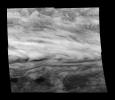
|
|||||

|
1998-03-26 | Jupiter |
Galileo |
Near Infrared Mapping Spectrometer |
1000x800x3 |
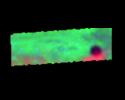
|
|||||

|
1998-03-26 | Jupiter |
Galileo |
Near Infrared Mapping Spectrometer |
700x900x1 |

|
|||||

|
1998-03-26 | Jupiter |
Galileo |
Solid-State Imaging |
1400x800x3 |
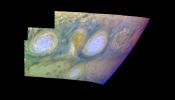
|
|||||

|
1998-03-26 | Jupiter |
Galileo |
Solid-State Imaging |
1400x800x3 |
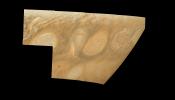
|
|||||

|
1998-03-26 | Jupiter |
Galileo |
Solid-State Imaging |
1700x800x3 |
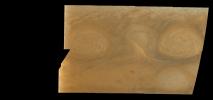
|
|||||

|
1998-03-26 | Jupiter |
Galileo |
Solid-State Imaging |
1700x800x3 |
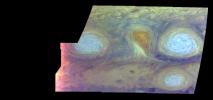
|
|||||

|
1998-03-26 | Jupiter |
Galileo |
Solid-State Imaging |
1900x1000x1 |
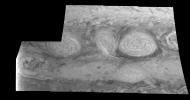
|
|||||

|
1998-03-26 | Jupiter |
Galileo |
Solid-State Imaging |
1700x800x1 |
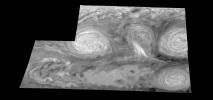
|
|||||

|
1998-03-26 | Jupiter |
Galileo |
Solid-State Imaging |
1700x800x1 |
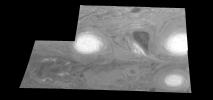
|
|||||

|
1998-03-26 | Jupiter |
Galileo |
Solid-State Imaging |
1400x800x1 |
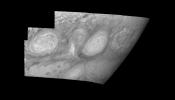
|
|||||

|
1998-03-26 | Jupiter |
Galileo |
Solid-State Imaging |
1400x800x1 |
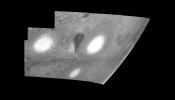
|
|||||

|
1998-03-26 | Jupiter |
Galileo |
Solid-State Imaging |
1700x800x1 |
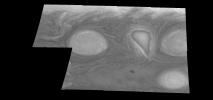
|
|||||

|
1998-03-26 | Jupiter |
Galileo |
Solid-State Imaging |
1700x800x1 |
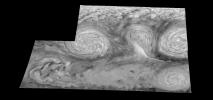
|
|||||

|
1998-03-26 | Jupiter |
Galileo |
Solid-State Imaging |
1400x800x1 |
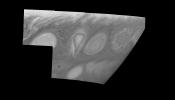
|
|||||

|
1998-03-26 | Jupiter |
Galileo |
Solid-State Imaging |
1400x800x1 |
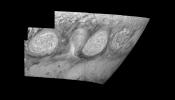
|
|||||

|
1998-03-26 | Jupiter |
Galileo |
Solid-State Imaging |
1275x800x1 |
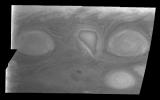
|
|||||

|
1998-03-26 | Jupiter |
Galileo |
Solid-State Imaging |
1275x800x1 |
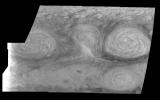
|
|||||

|
1998-03-26 | Jupiter |
Galileo |
Solid-State Imaging |
1275x800x1 |
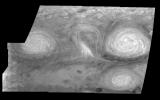
|
|||||

|
1998-03-26 | Jupiter |
Galileo |
Solid-State Imaging |
1275x800x1 |
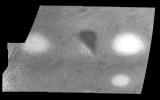
|
|||||

|
1998-03-26 | Jupiter |
Galileo |
Solid-State Imaging |
900x1500x1 |

|
|||||

|
1998-03-26 | Jupiter |
Galileo |
Solid-State Imaging |
900x1500x1 |

|
|||||

|
1998-03-26 | Jupiter |
Galileo |
Solid-State Imaging |
900x1500x1 |

|
|||||

|
1998-03-26 | Jupiter |
Galileo |
Solid-State Imaging |
900x1500x1 |

|
|||||

|
1998-03-26 | Jupiter |
Galileo |
Solid-State Imaging |
1200x1500x1 |

|
|||||

|
1998-03-26 | Jupiter |
Galileo |
Solid-State Imaging |
1200x1500x1 |

|
|||||

|
1998-03-26 | Jupiter |
Galileo |
Solid-State Imaging |
1200x1500x1 |

|
|||||

|
1998-03-26 | Jupiter |
Galileo |
Solid-State Imaging |
1200x1500x1 |

|
|||||

|
1998-03-26 | Jupiter |
Galileo |
Solid-State Imaging |
900x1600x1 |

|
|||||

|
1998-03-26 | Jupiter |
Galileo |
Solid-State Imaging |
900x1600x1 |

|
|||||

|
1998-03-26 | Jupiter |
Galileo |
Solid-State Imaging |
900x1600x1 |

|
|||||

|
1998-03-26 | Jupiter |
Galileo |
Solid-State Imaging |
900x1600x1 |

|
|||||

|
1998-03-26 | Jupiter |
Galileo |
Solid-State Imaging |
800x1100x1 |

|
|||||

|
1998-03-26 | Jupiter |
Galileo |
Solid-State Imaging |
900x1500x3 |

|
|||||

|
1998-03-26 | Jupiter |
Galileo |
Solid-State Imaging |
900x1500x3 |

|
|||||

|
1998-03-26 | Jupiter |
Galileo |
Solid-State Imaging |
1200x1500x3 |

|
|||||

|
1998-03-26 | Jupiter |
Galileo |
Solid-State Imaging |
1200x1500x3 |

|
|||||
 |
 |
 |
 |
 |
 |
 |

|
|
| 1-100 | 101-200 | 201-300 | 301-400 | 401-500 | 501-600 | 601-700 |
| Currently displaying images: 1 - 100 of 648 |